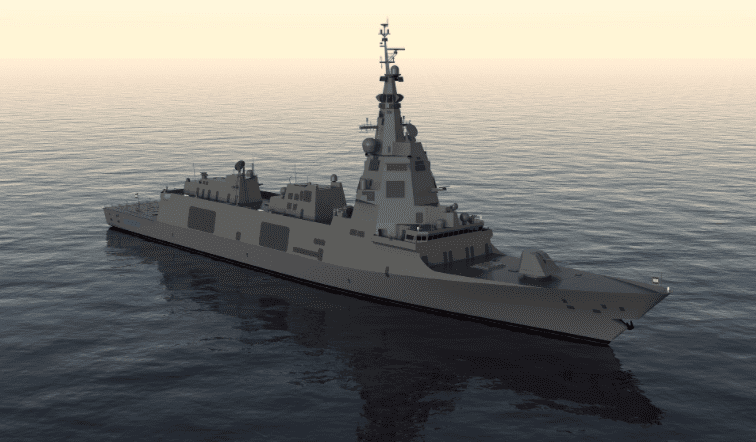
ARLINGTON, Va. — Lockheed Martin’s new SPY-7 radar will be sailing to sea on the ships of three navies as the company highlights the radar’s capabilities for application to other navies, including the U.S. Navy.
The SPY-7, which uses gallium nitride modules, initially was developed for the Navy’s Air and Missile Defense Radar competition. It was adapted into the Long-Range Discrimination Radar (LRDR) procured by the U.S. Missile Defense Agency (MDA) as a sensor of the Ground-Based Midcourse Defense system. Being installed at Clear Air Force Station in Alaska, the LRDR is designed to discriminate between incoming warheads and decoys.
The core building blocks [of the LRDR] are the same core building blocks in SPY-7,” said Jon P. Rambeau, vice president and general manager, Integrated Systems & Sensors, Lockheed Rotary and Mission Systems, during a Feb. 2 interview with Seapower. “[SPY-7] is a modular radar that allows us to build different configurations for both land-based and sea-based applications.”
The SPY-7 has been selected by the Spanish navy to integrate it with the Aegis Combat System on its F110 frigates. The Canadian navy is procuring the radar to install it on its new Halifax-class surface combatant.
Japan had selected the SPY-7 for its two planned Aegis Ashore ballistic-missile defense sites, but when the plans were cancelled in part out of concern for missile debris falling on populated areas, Japan shifted to a plan to deploy the SPY-7 on some future, unspecified sea-based BMD platform. Japan already has BMD capabilities in its Kongo-class guided-missile destroyers with Aegis systems using the SPY-1 radar.
Japan, which already has placed an order for the SPY-7, “is going through a process now to determine exactly what that platform is going to look like,” Rambeau said. “We are pleased with the progress that the technology has made, and we’re starting to see some uptake both here in the U.S. as well as abroad.”
“SPY-7 is part of the Aegis common source library (CSL) and the interfaces are understood,” said Patrick W. McNally, director of communications for Integrated Warfare Systems & Sensors, in a statement to Seapower. “For Japan, we have completed the first of three releases which were recently demonstrated to MDA. Starting from the CSL, with over one million lines of code, Japan will be receiving the best of both Baseline 9 and 10 [Aegis software].”
The U.S. Navy is considering backfitting some Flight IIA Arleigh Burke-class guided-missile destroyers with a radar more modern than the SPY-1, and Lockheed is keeping a watch on developments in the event the SPY-7 could complete in the program if it comes to pass.
Rambeau said his company also “has some more affordable options available to upgrade some of the SPY-1 arrays to provide improved sensitivity and improved resistance to electronic attack and we think we can do that at a fraction of the cost of a wholesale replacement, so we’ve put forth a couple of options for upgrades to SPY-1 to both MDA and the Navy.”
- Insitu Going Strong at 30, Focusing on Maritime Operations - April 8, 2024
- Navy Awards Boeing Additional Funds for MQ-25 Drones for Testing - April 3, 2024
- Benign 4th Fleet AOR Useful for Unmanned Vehicle Operationalization, Admiral Says - March 27, 2024






